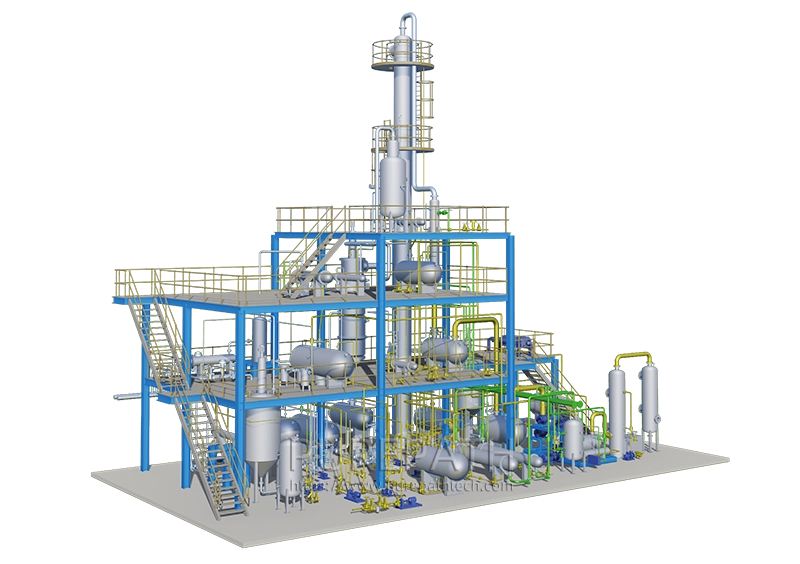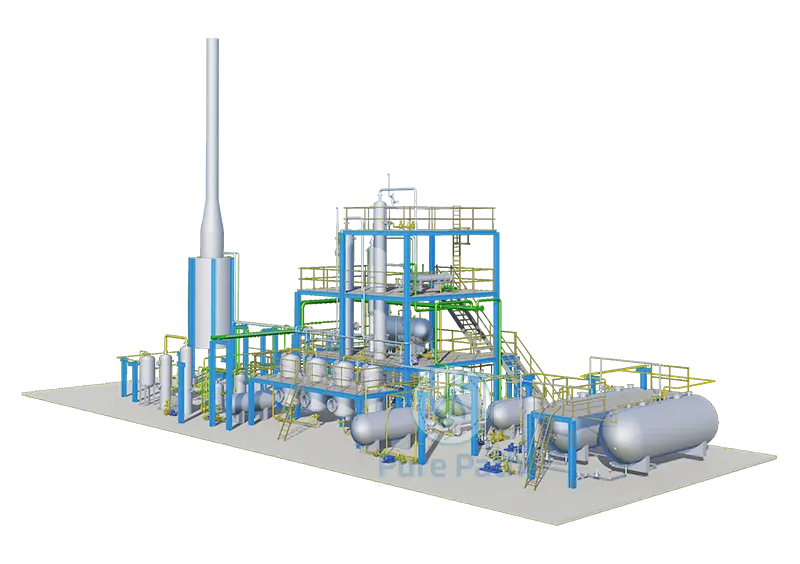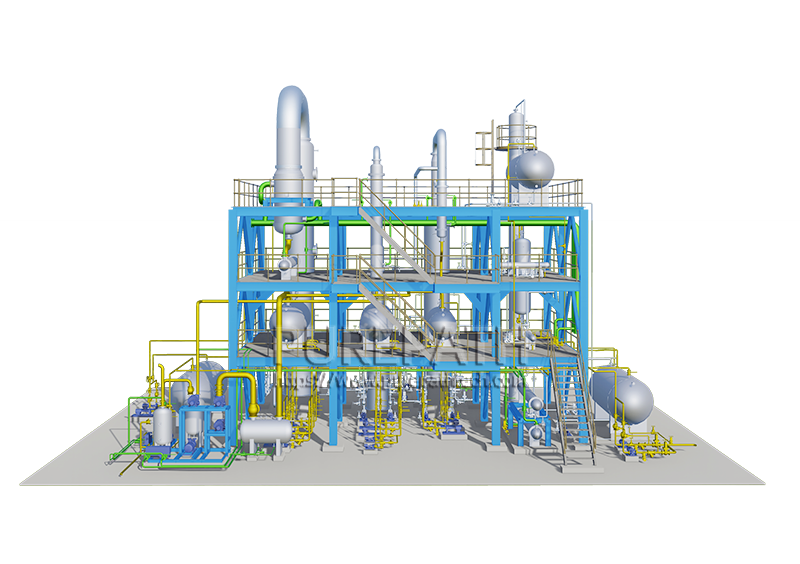Converting Waste Oil to Diesel Fuel: Navigating the Process and Managing Potential Risks
The quest for sustainable energy sources and environmentally friendly practices has led to innovative solutions in the field of energy production and consumption. One such solution is the conversion of used motor oil into diesel fuel. This process not only reduces the environmental impact of waste oil but also offers an alternative source of diesel, which is crucial in the transportation and industrial sectors. In this article, we will explore how used motor oil can be transformed into diesel, the associated risks, and the measures to mitigate those risks.
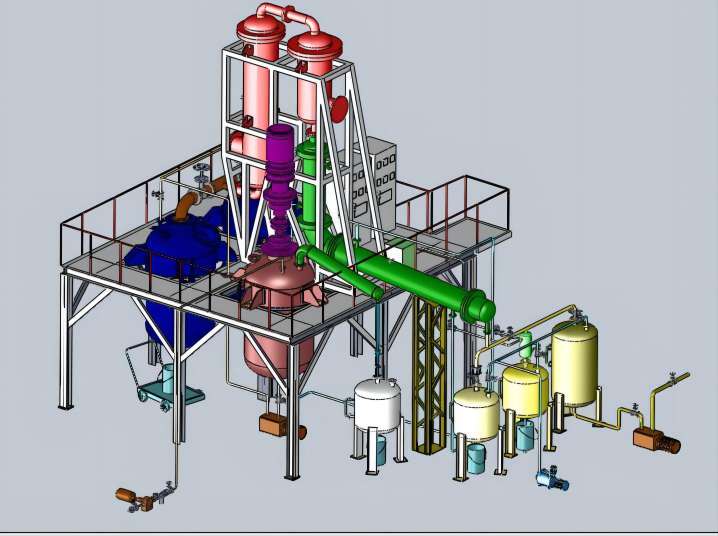
How to Produce Diesel Fuel from Used Motor Oil?
Converting used motor oil into diesel is a complex chemical process known as hydrocracking or hydrotreating. It involves breaking down the long hydrocarbon chains found in motor oil into shorter ones, resulting in a product that is chemically similar to conventional diesel fuel. The process typically consists of the following steps:
- Pre-treatment: Used motor oil often contains impurities like water, dirt, and metal particles. In the pre-treatment stage, these impurities are removed through filtration and settling.
- Hydrocracking: The cleaned oil is then subjected to high-temperature and high-pressure conditions in the presence of a catalyst, which breaks down the long hydrocarbon chains into shorter ones, producing a liquid that closely resembles diesel fuel.
- Fractionation: The resulting liquid is fractionated to separate it into various components, including diesel fuel, kerosene, and other byproducts.
- Post-treatment: The diesel fuel is further refined to meet the desired specifications and remove any remaining impurities.
Key Steps in the Production of Diesel from Used Motor Oil
The conversion process may vary depending on the specific technology and equipment used. However, the following are common steps involved in the production of diesel from used motor oil:
- Collection and Storage: Used motor oil is collected from various sources, such as automotive service centers and recycling facilities, and stored in tanks.
- Filtration and Pre-processing: The collected oil is pre-processed to remove contaminants like water, metals, and solid particles. This ensures that the oil is suitable for further processing.
- Hydrocracking or Hydrotreating: The pre-processed oil is heated and mixed with hydrogen gas in the presence of a catalyst. This step breaks down the hydrocarbon chains in the oil, producing a hydrocarbon-rich liquid.
- Separation and Fractionation: The hydrocarbon-rich liquid is separated into different fractions through distillation. Diesel fuel is one of the main fractions obtained.
- Refining and Blending: The diesel fraction is further refined to meet the required specifications for quality and performance. It may also be blended with additives to enhance its properties.
- Quality Control: Rigorous quality control measures are implemented to ensure that the final product meets regulatory standards and is safe for use in diesel engines.
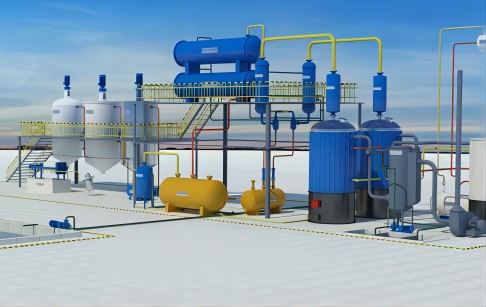
Equipment and Materials Required
The production of diesel from used motor oil requires specialized equipment, including reactors, distillation columns, catalysts, and filtration systems. Additionally, a supply of hydrogen gas is necessary for the hydrocracking or hydrotreating process. Proper maintenance of equipment is essential to ensure the safety and efficiency of the conversion process.
Risks Associated with Using Waste Oil for Diesel Production
While the conversion of used motor oil into diesel offers significant environmental benefits and the potential for cost savings, it is not without risks. Here are some of the key risks associated with this process:
Environmental Concerns
- Emissions: The conversion process can release emissions, including greenhouse gases and air pollutants, if not properly controlled. These emissions may contribute to air pollution and climate change.
- Waste Management: The production of diesel from used motor oil generates waste byproducts that need to be managed and disposed of safely. Improper disposal can lead to environmental contamination.
Health Hazards
- Exposure to Chemicals: Workers involved in the conversion process may be exposed to hazardous chemicals and fumes. Proper safety measures, such as the use of personal protective equipment, are crucial to mitigate these risks.
- Health Impacts: Inadequate safety precautions can result in health issues for workers, including respiratory problems and skin irritation.
Regulatory and Legal Issues
- Compliance: Companies involved in the conversion of used motor oil into diesel must comply with a range of environmental and safety regulations. Failure to do so can lead to legal consequences and fines.
- Permits: Obtaining the necessary permits for such operations can be a complex and time-consuming process, which may deter some businesses from pursuing this option.
Mitigating Risks in the Production of Diesel from Waste Oil
To ensure that the conversion of used motor oil into diesel is a safe and environmentally responsible practice, several measures can be taken:
Best Practices and Safety Measures
- Emission Control: Employ state-of-the-art emission control technologies to minimize the release of pollutants into the atmosphere.
- Worker Safety: Implement rigorous safety protocols to protect workers from exposure to hazardous chemicals and ensure proper training and use of protective equipment.
- Process Optimization: Continuously monitor and optimize the conversion process to reduce waste generation and improve efficiency.
Compliance with Regulations
- Environmental Compliance: Adhere to all local, state, and federal environmental regulations and obtain the necessary permits for waste oil recycling.
- Safety Standards: Comply with safety standards and guidelines to prevent accidents and protect both workers and the environment.
Proper Disposal of Byproducts and Waste
- Recycling and Reuse: Explore options for recycling or reusing byproducts from the conversion process, such as residual oil and sludge.
- Responsible Disposal: Safely dispose of waste materials in accordance with regulations and guidelines, ensuring they do not pose a threat to the environment or public health.
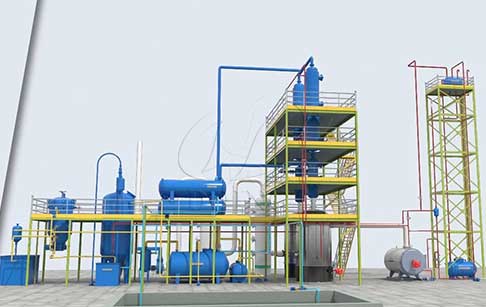
Summary
The conversion of used motor oil into diesel fuel presents an innovative solution to both waste management and the need for sustainable energy sources. However, this process is not without risks, including environmental concerns, health hazards, and regulatory challenges. To successfully harness the benefits of this practice while minimizing its drawbacks, it is essential to adhere to best practices, prioritize safety, and maintain strict compliance with regulations. With careful planning and responsible implementation, the conversion of waste oil into diesel can contribute to a cleaner and more sustainable energy future.


